Best Price Guaranteed | New Zealand Campervan Hire | Email, chat or call the Spaceships NZ Crew

Hit enter to search or ESC to close
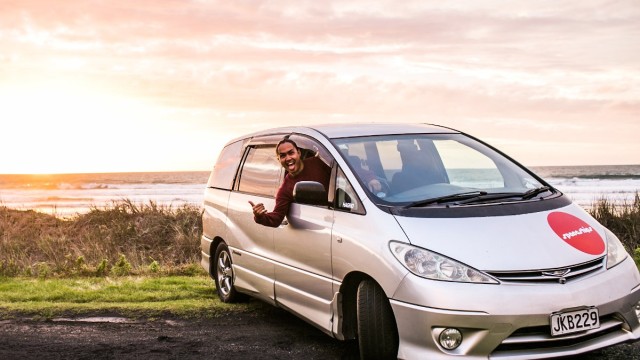
New Zealand Road Trip Planning: The Best Time to Visit + Weather Tips
Posted by Renee | Spaceships Crew
If you’re planning a New Zealand road trip, you’ve probably spent hours researching the perfect route. You’ve bookmarked stunning viewpoints, saved cafes, and mapped out where you want to be each day. What most travellers don’t research is how NZ weather actually works and why understanding the best time to road trip can be the difference between a good holiday and an incredible one. Your real secret weapon is flexibility. Let me explain…
It’s 4:30am in Christchurch and we’re loading our bags into the campervan in the dark while the weather is still relatively calm. My phone and news reports show incoming weather that would make people reconsider their trip entirely. Instead, we’re getting an early jump on what was forecast to be one of Canterbury’s windiest days in years.
That early morning departure turned out to be one of the smartest travel decisions we ever made. By the time the worst winds hit, we were safely in Nelson 5 hours away, sipping coffee and enjoying morning sunshine on the coast. The Abel Tasman trip we’d been planning for weeks didn’t get cancelled, it just got a little creative.
If there is one thing I learnt from this recent drive across New Zealand’s South Island, it’s that flexibility is essential for Kiwi road trips.

Quick Answers: Best Time for a New Zealand Road Trip
| Best For | Time of Year | Reasons Why |
| Hiking | November-March (late spring through to early autumn) | Hiking tracks are in best the condition, Great Walks season, huts are open, few closures. |
| Beaches & swimming | January-March (summer/early autumn) | Warm water temperatures, best coastal weather. |
| Skiing & snow | June-September (winter) | Reliable snow, ski fields are open, magical alpine landscapes. |
| Budget travel | May-August (late autumn/winter) | Lower accommodation and activity prices (outside ski regions). |
| Fewer crowds | April-May & September-October (shoulder seasons) | Fewer tourists, decent weather, reasonable prices. We love October travel! |
New Zealand Weather: What to Expect on Your Road Trip
Some may say that New Zealand’s weather is downright theatrical. The saying “four seasons in one day” gets thrown around a lot, but until you’ve experienced it, you might not realise how literal that can be. Here is what can make it tricky for road trippers.
Changing Geographies
The South Island has a spine of mountains running down its centre (the Southern Alps), which means weather on the West Coast can be completely different from the East Coast. A beautiful day in Canterbury could be a total washout on the West Coast, and vice versa. Some areas of the West Coast get over 5 metres of rainfall a year, while Central Otago on the eastern side is dry enough to be wine country.
The North Island also has a range of weather personalities. The central volcanic plateau around Tongariro and Ruapehu can be snowing while Auckland basks in sunshine. The west coast from Taranaki down through Wellington cops the brunt of weather systems coming off the Tasman, while Hawke’s Bay and Gisborne (the east coast) tend to have mild weather. Wellington is famously named the windy city for a reason, and the Bay of Islands in Northland often enjoys subtropical weather. Understanding these weather patterns means you can stay safe and pivot between regions rather than gambling on one staying perfect for your entire trip.
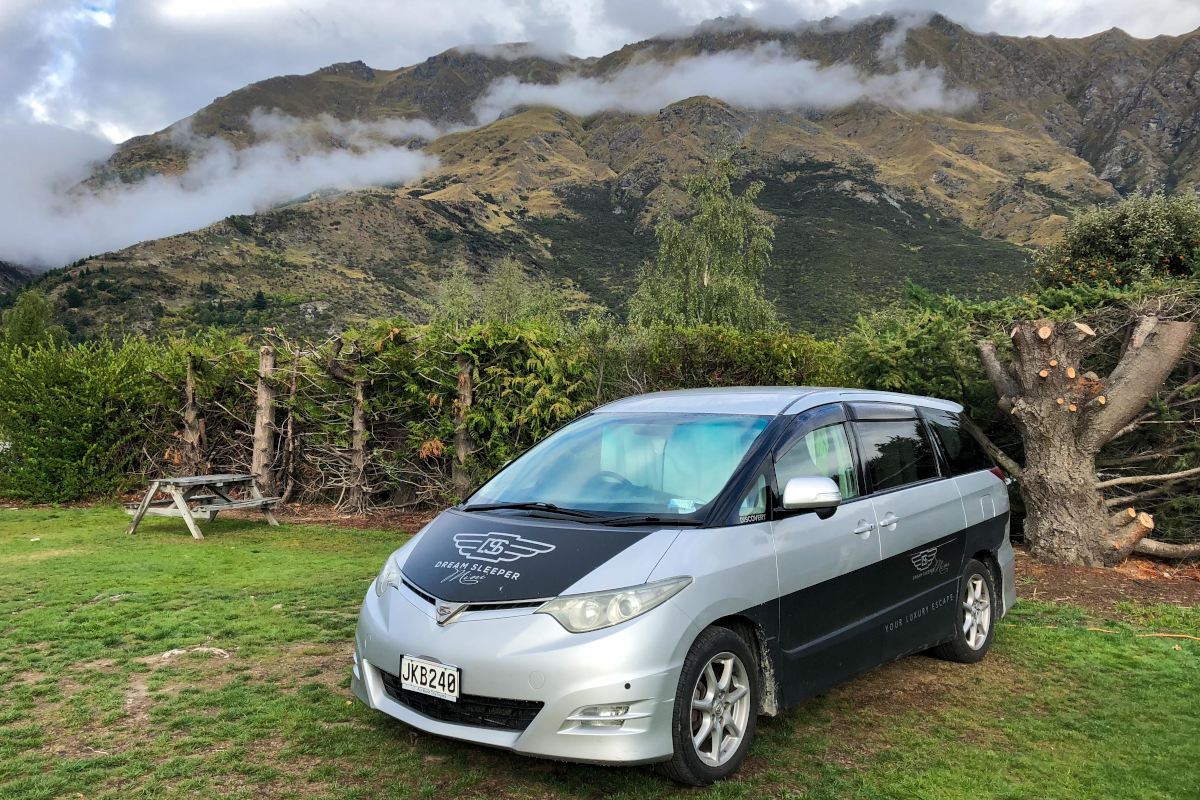
Seasons in New Zealand Are Guidelines, Not Guarantees
Driving in New Zealand's seasons requires understanding that our weather patterns are more like guidelines than guarantees. In reality, you could drive 30 minutes and find yourself in completely different weather. It’s kind of awesome! Here’s what each season in NZ typically looks like:
Summer (December to February):
- Temperature - 18-30°C in most places (perfect t-shirt and shorts weather).
- Daylight hours - Up to 15 hours, sunsets around 9pm.
- Rainfall - Lowest of the year, but still bring a raincoat.
- The catch - Everyone has the same idea. Expect higher prices and busier destinations.
- Best for - Beach days, being outdoors, walking or hiking the Great Walks of NZ.
Autumn (March to May):
- Temperature - 15-25°C and dropping.
- Daylight hours - Still decent at 10-12 hours.
- Rainfall - More frequent as winter approaches.
- The catch - Increasing weather variability. What’s sunny in the morning might be rainy by afternoon.
- Best for - Fewer crowds and lower prices while the weather is still fairly warm.
Winter (June to August):
- Temperature - 2-15°C depending where you are. Areas of the South Island like the Otago region get properly cold, while Auckland stays mild.
- Daylight hours - Can be as low as 9-10 hours a day.
- Mountain passes - Chains may be required for driving in snow. Passes like Arthur’s Pass, Lindis Pass or Lewis Pass can be closed due to weather conditions.
- The catch - More weather monitoring needed.
- Best for - Snow capped mountains and dramatic landscapes, hot pools, skiing, cosy winter getaways. Here's our 5 favourite reasons why winter is great for a New Zealand road trip.
Spring (September to November):
- Temperature - 10-25°C and climbing. It can still snow in the mountains.
- Daylight hours - Up to 14 hours of daylight.
- Rainfall - Spring has a higher chance of rainfall than other seasons, dropping off by November.
- The catch - Spring is when the “four seasons in one day” is most literal. Pack for everything. Sunshine? Rain? Maybe even snow? Guess you’ll find out.
- Best for - Wild flowers, lambing season, waterfalls at their peak. Crowds are still relatively small and we think it's one of the best times to travel New Zealand.
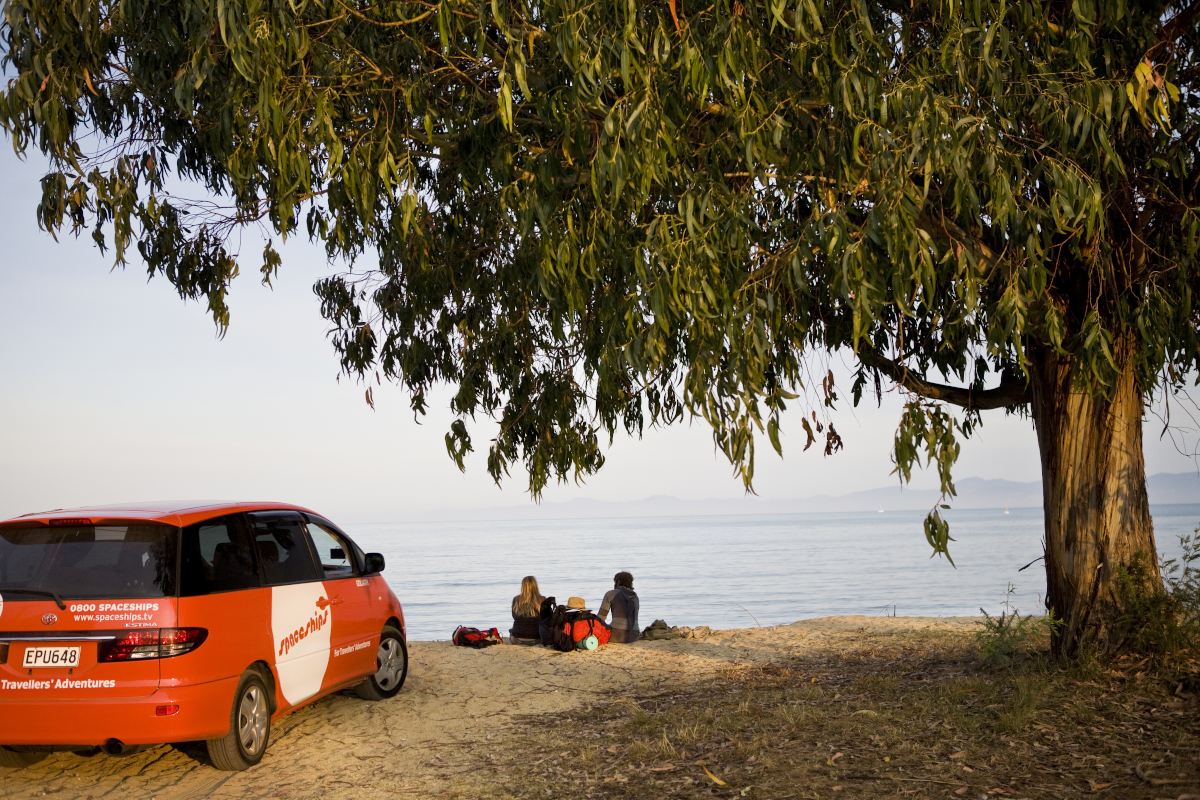
The Follow the Sun Strategy
Or in my case, how I beat the wind! When we started planning our Christchurch to Tasman region road trip, the Lewis Pass was an obvious route to take. However, the weather had closed the road before we even left. The alternative? Take the coastal route up past Kaikoura and keep monitoring conditions.
With weather warnings and road closures, we had a few options:
- Wait it out (potentially losing 1-2 days of our short trip)
- Leave very early to get ahead of the worst conditions
- Postpone the trip completely
We opted for option 2, and here is why it worked: we’d been watching MetService (New Zealand's national weather authority) very closely the entire day before. We knew when the winds would peak and the areas that may be worst affected. Our 4:30am departure isn’t so crazy when you take everything into account.
Would we have made that call if we’d been locked into rigid accommodation bookings or a packed itinerary? Maybe not. But that’s the beauty of flexible campervan travel. You’re free to go wherever the road takes you. Browse our range of campervans and start planning your next #SpaceshipsRoadTrip!
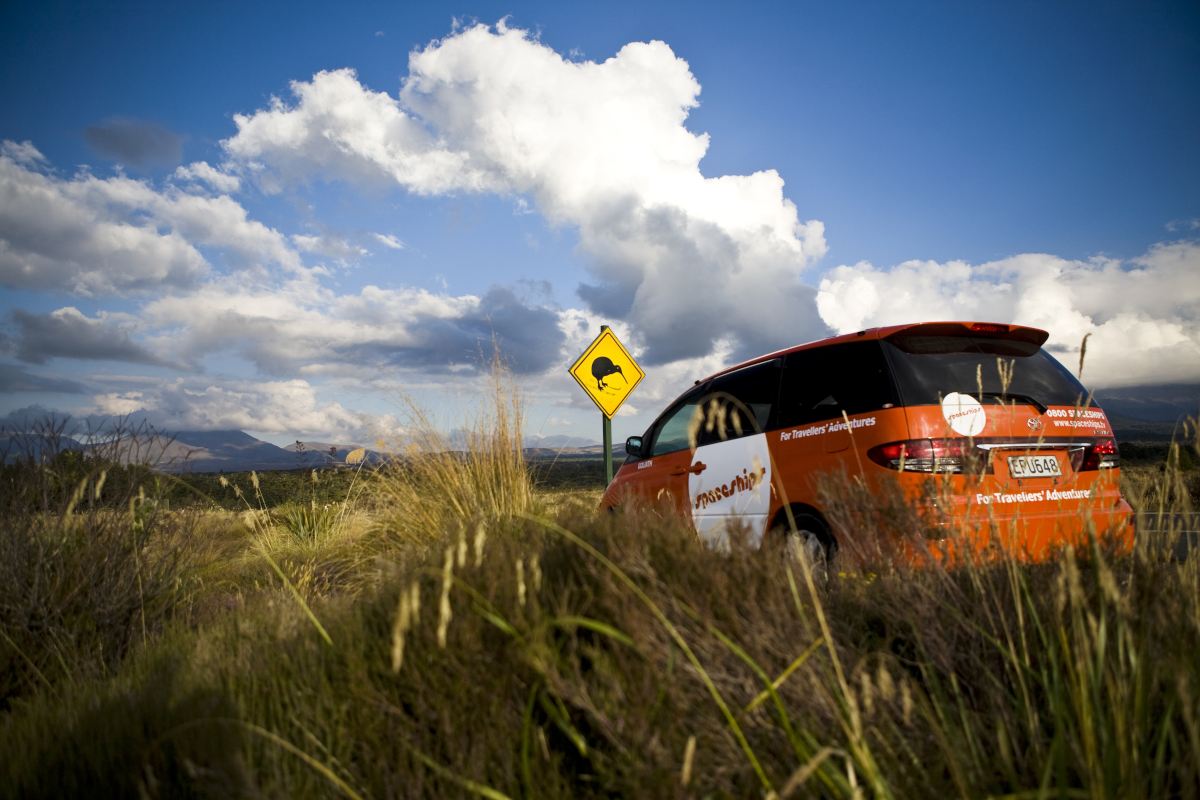
How to Build a Flexible Road Trip Itinerary
The secret to flexible travel is to plan for spontaneity. On our 4-day loop in spring, we had a list of things we’d like to do and where they were located. We had no accommodation booked, just a rough idea of where we’d like to be. When Lewis Pass closed, there was no panic, just a simple reshuffling of plans and removing some things that were now a no-go.
This ultra flexible approach works great in the shoulder seasons like spring and autumn, but during peak summer (December to February), it can be risky. For New Zealand campervan trips, popular spots like Queenstown, Wanaka or the Coromandel can book out months in advance. If you are travelling in peak season, try to choose places with flexible cancellation policies and build buffer days around your bookings so you have room to adjust your route if needed. We’d recommend having your “must see” destinations locked in but being flexible on what to do in between.
Have a Plan B, C, and Sometimes D
For outdoor activities or mountain passes, know the alternative. Want to visit Aoraki/Mount Cook but the weather's terrible? Tekapo or Omarama may be stunning that day instead. The beauty of NZ is that nowhere is that far from somewhere else equally as cool. Knowing how to adjust your route for rain or snow can make all the difference when driving around New Zealand.
Keep an Eye on the Weather
I’m not exaggerating when I say we were checking MetService hourly the night before we left. You don’t quite have to go to this extreme, but checking the forecast the night before or in the morning can help you stay safe and make the most of your road trip. Good websites to know are:
- MetService - For all things weather related
- Department of Conservation (DOC) - For track conditions if you’re hiking, plus campground info and bookings
- NZTA Journey Planner - Real time road conditions and closures
- Campermate - Easily find and book campgrounds across New Zealand
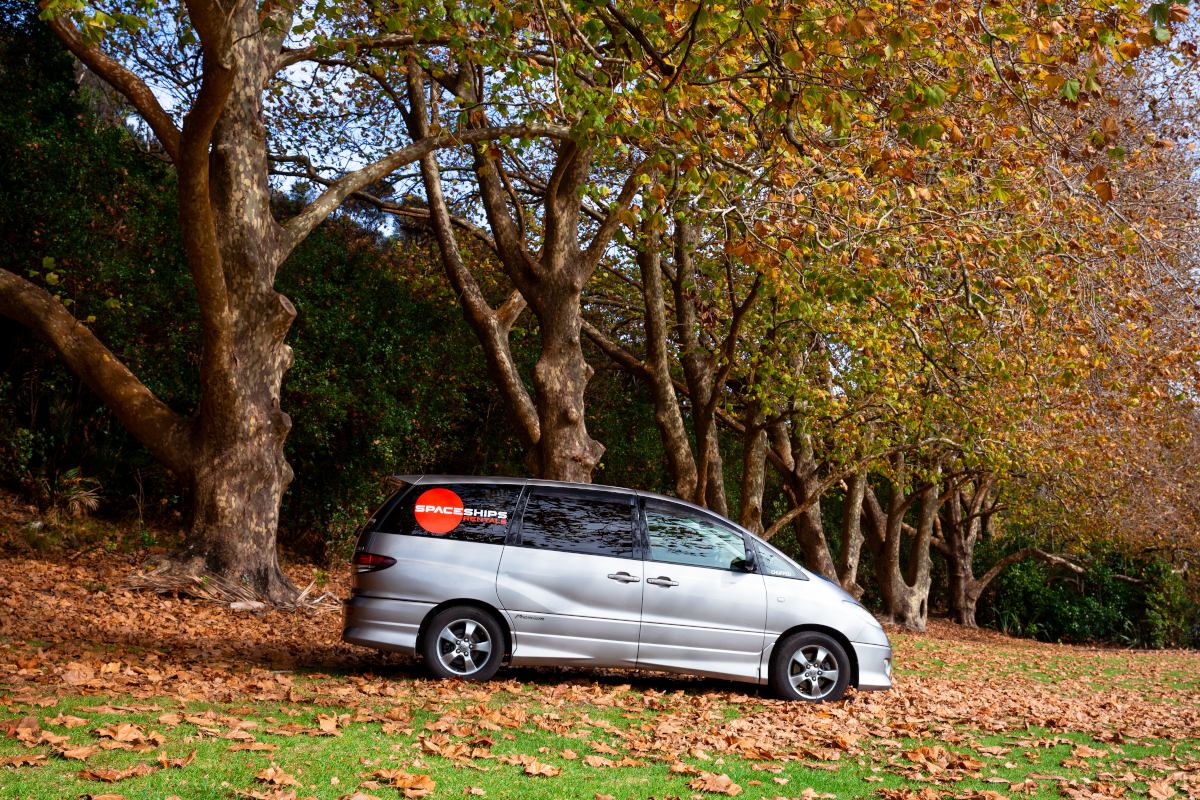
How to Avoid Weather Disasters on an NZ Road Trip
So what can you do if your NZ road trip plans change due to weather? It's good to know that not every weather challenge requires a dramatic change of plans. Here’s how to think about it.
Pivot immediately if:
- Road closures are in effect.
- Severe weather warnings recommend against travel.
- Your planned activity is clearly going to be miserable or unsafe.
Wait it out if:
- It’s just passing weather. Most weather systems pass through in 6-12 hours.
- The weather seems to be poor everywhere.
- You’re in a location where there are indoor alternatives.
Get ahead of it if:
- You can see a weather pattern developing.
- Driving at a certain time would avoid the worst conditions.
- An alternative route is clearly going to have better weather.
The key is information. Check the weather, chat to locals and check out regional Facebook groups for discussions, anything can help.
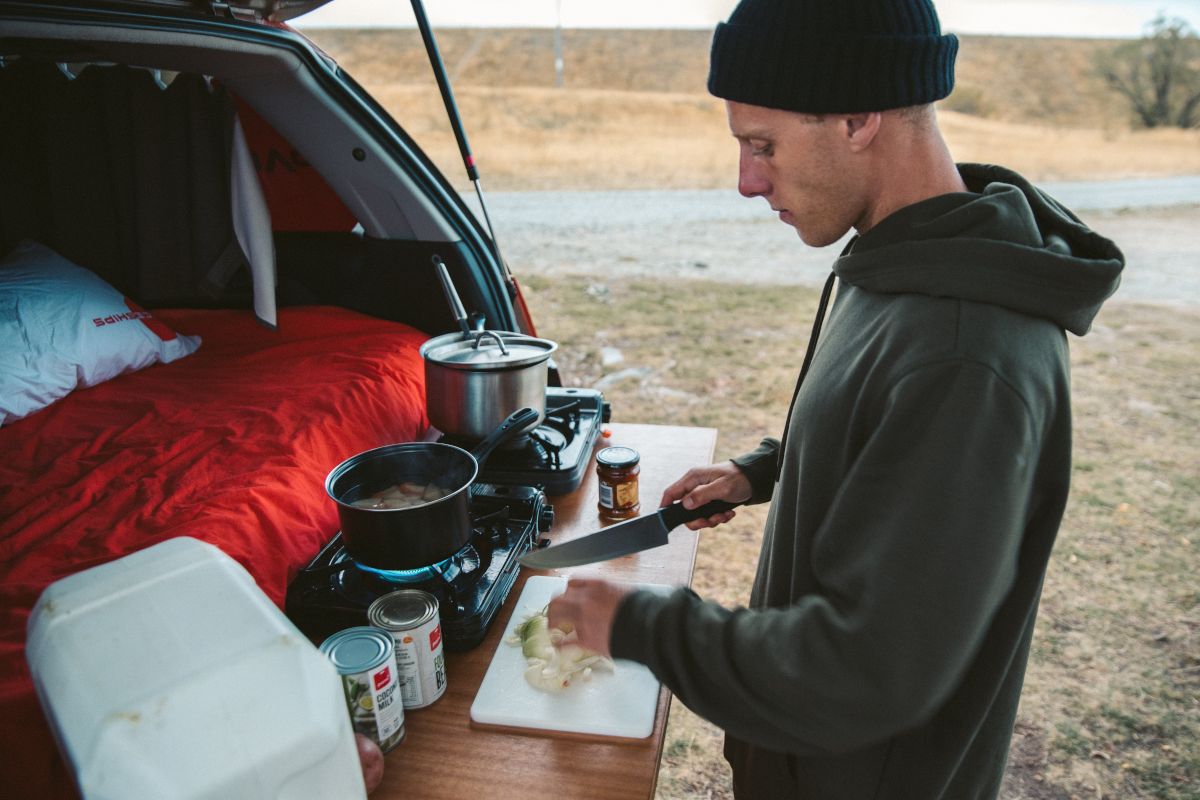
The Unexpected Wins of Weather Responsive Travel
This may sound cliche, but some of our best experiences came from the pivots, not the original plans.
Our early departure meant getting to see the sunrise over the Pacific Ocean from the Kaikoura coast. We saw seals bathing in the morning light and had the road almost entirely to ourselves. Later that day, we took a scenic route round from Kaiteretere to Marahau and stumbled upon Split Apple Rock - something we didn’t even know existed. We loved the short walk down to the beach, exploring the caves and spotting weka.
When we eventually came home via Lewis Pass later in the trip (it had reopened), the contrast between the coastal route and the inland mountain route made us appreciate both even more.
Being flexible and weather responsive meant we were never those frustrated travellers watching the rain pour down on the one attraction we’d come to see. This helped reduce any disappointment massively.
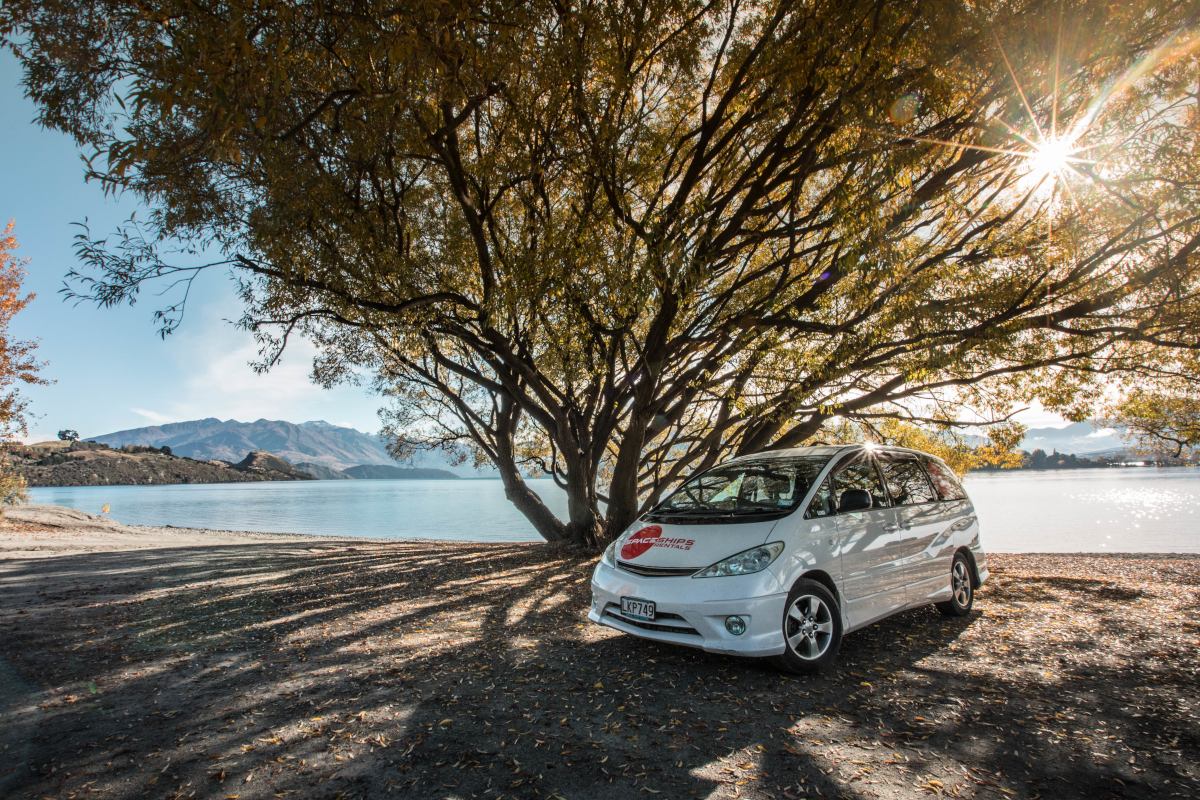
When is the Best Time for a New Zealand Road Trip?
Summers safe, autumns pretty, winters dramatic, springs unpredictable. There is no perfect season, there’s stunning beauty in all of them. New Zealand's weather doesn’t need to be an obstacle to navigate around. It’s part of what makes this place so special. Mountains create weather, weather shapes landscapes, and those landscapes may be the reason you came here in the first place.
So when should you visit New Zealand for a road trip? Whenever you’re ready to be flexible. Because the moment you stop trying to control the weather, that’s when your best New Zealand adventure begins.
Renee | Spaceships Crew
Renee is a storyteller and explorer with a camera always within reach and an insatiable appetite for New Zealand's wild places. Whether she's chasing golden hour light on a remote South Island beach or hiking to alpine viewpoints, she's happiest when there's a mountain on the horizon or salt water nearby. Growing up exploring New Zealand sparked her love of adventure & travel, and she's spent the recent years seeking out the country's most spectacular corners.
Now creating content for Spaceships, she shares practical guides and insider knowledge to help fellow explorers experience the New Zealand locals know and love.